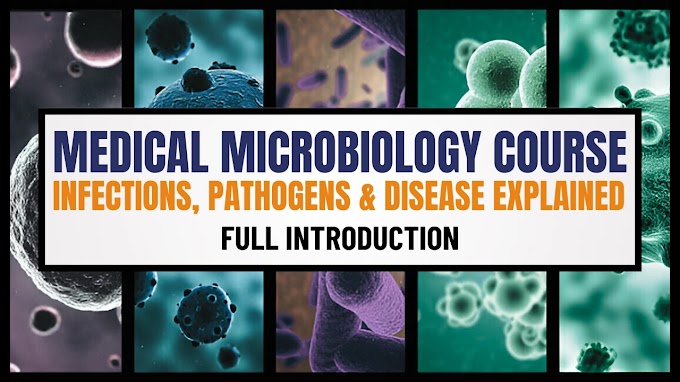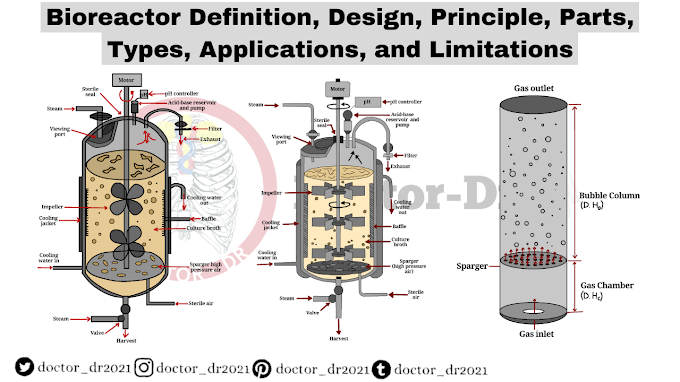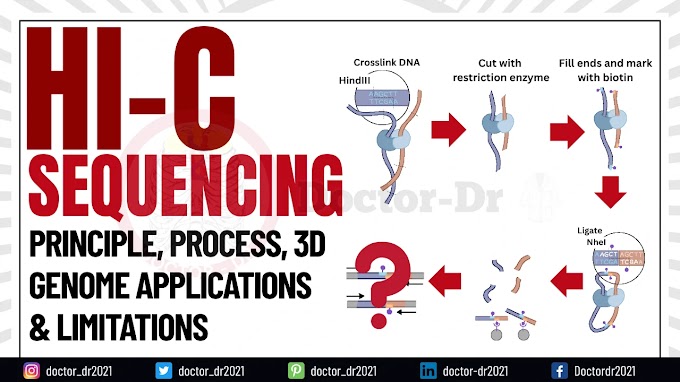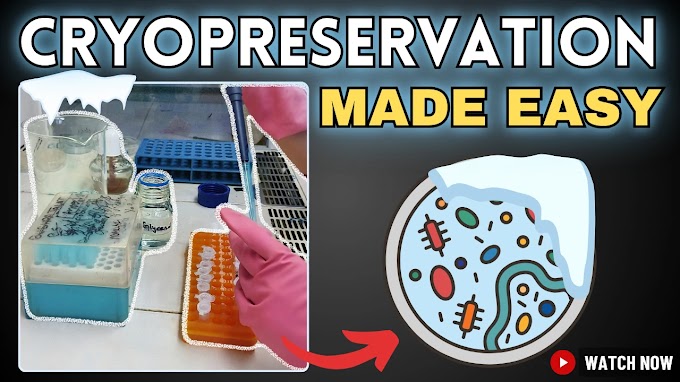Summary: Scientists have uncovered how bacteria growing in polymer solutions, such as mucus and biofilms, form intricate cable-like structures. This discovery offers insights into the behavior of bacteria in diseases like cystic fibrosis and could have applications in biofilm studies and industrial systems.
Full Story
Researchers at Caltech and Princeton University have identified a fascinating phenomenon: bacterial cells grown in polymer-rich environments, like mucus, form long, cable-like structures that twist and fold, ultimately creating a "living gel." This work, published in Science Advances, sheds light on the structure and dynamics of bacteria in environments such as the lungs of cystic fibrosis patients and biofilms, which pose challenges in both health and industry.
"When bacteria grow in fluids containing spaghetti-like polymers such as mucus, they form cable-like structures that intertwine like a gel," said Sujit Datta, corresponding author and professor at Caltech. He notes that the physics behind these bacterial cables is surprisingly similar to that of nonliving gels like Jell-O.
The study began at Princeton University, where Datta and his graduate student, Sebastian Gonzalez La Corte, explored how mucus concentration in cystic fibrosis patients affects bacterial behavior. Using samples provided by MIT colleagues, they grew E. coli in both regular liquid and polymer-rich environments, observing their growth under a microscope.
Discovery of Cable Formation
In regular conditions, bacteria typically divide and separate, diffusing away from each other. However, in polymer solutions, Gonzalez La Corte observed that bacteria remained stuck end to end, forming long cables.
"As these cells continue dividing, they create beautiful, elongated structures," said Gonzalez La Corte. "Eventually, the cables buckle, twist, and entangle, forming intricate networks."
The cables grow continuously as long as nutrients are available, forming chains of thousands of cells. Surprisingly, the phenomenon occurs across different bacterial species and types of polymers, including synthetic ones.
Relevance to Health and Industry
Though initially motivated by the study of infections in cystic fibrosis patients, the findings have broader implications. Mucus plays a critical role in the body, lining the lungs, gut, and cervicovaginal tract. Moreover, biofilms—clusters of bacteria encased in a self-secreted polymer matrix—are ubiquitous, from dental plaque in the human body to industrial systems where they can cause damage and health hazards.
"Biofilms are notoriously tough to treat with antibiotics or remove from surfaces due to their protective polymer matrix," said Datta. "Understanding how cells grow within this matrix could unlock new ways to control biofilms."
Unraveling the Physics
The researchers found that the surrounding polymers exert pressure on dividing bacteria, forcing them to stick together and form cables. This process, known as a depletion interaction, was modeled using polymer physics theories. These models can now predict when bacterial cables will form in polymeric environments.
Biological Implications
The biological purpose of these cable structures remains unclear. Datta speculates two possibilities:
- Defensive Advantage: The cables may help bacteria evade immune cells by becoming too large to engulf.
- Vulnerability: The host's mucus secretion might induce cable formation, making it easier to expel bacteria.
"Mucus in the lungs is constantly being moved by tiny hairs," Datta explained. "If bacteria clump into cables, they might be more easily expelled."
Future experiments will explore these possibilities to determine whether cable formation benefits or harms the bacteria. "This discovery opens the door to new questions and experiments," Datta said.
Contributors and Funding
The study's lead author is Sebastian Gonzalez La Corte, with additional contributions from colleagues at Princeton University and MIT. Funding was provided by Caltech, Princeton, and collaborative grants.
Reference
Sebastian Gonzalez La Corte, Corey A. Stevens, Gerardo Cárcamo-Oyarce, Katharina Ribbeck, Ned S. Wingreen, Sujit S. Datta. Morphogenesis of bacterial cables in polymeric environments. Science Advances, 2025; 11 (3) DOI: 10.1126/sciadv.adq7797







